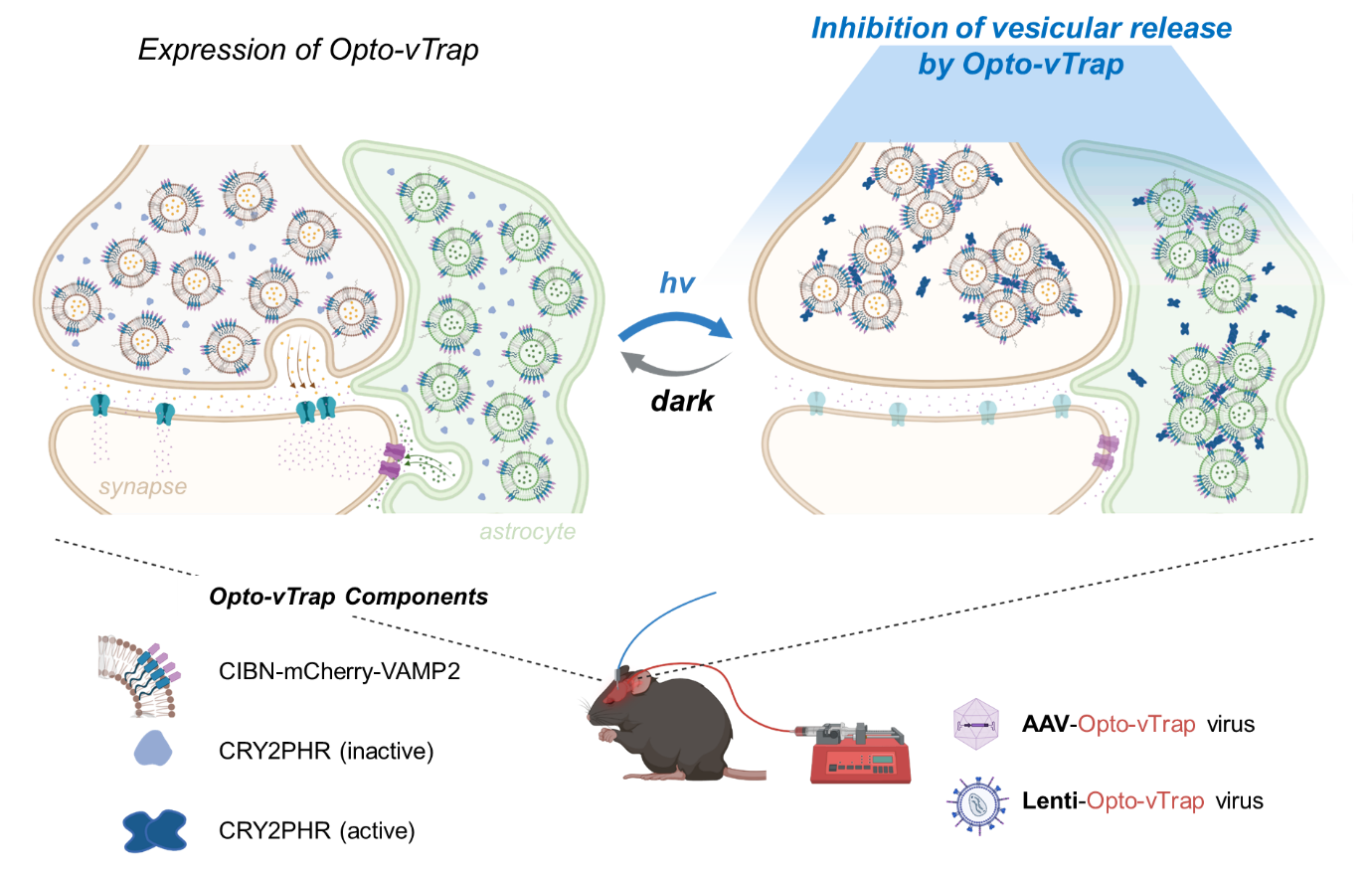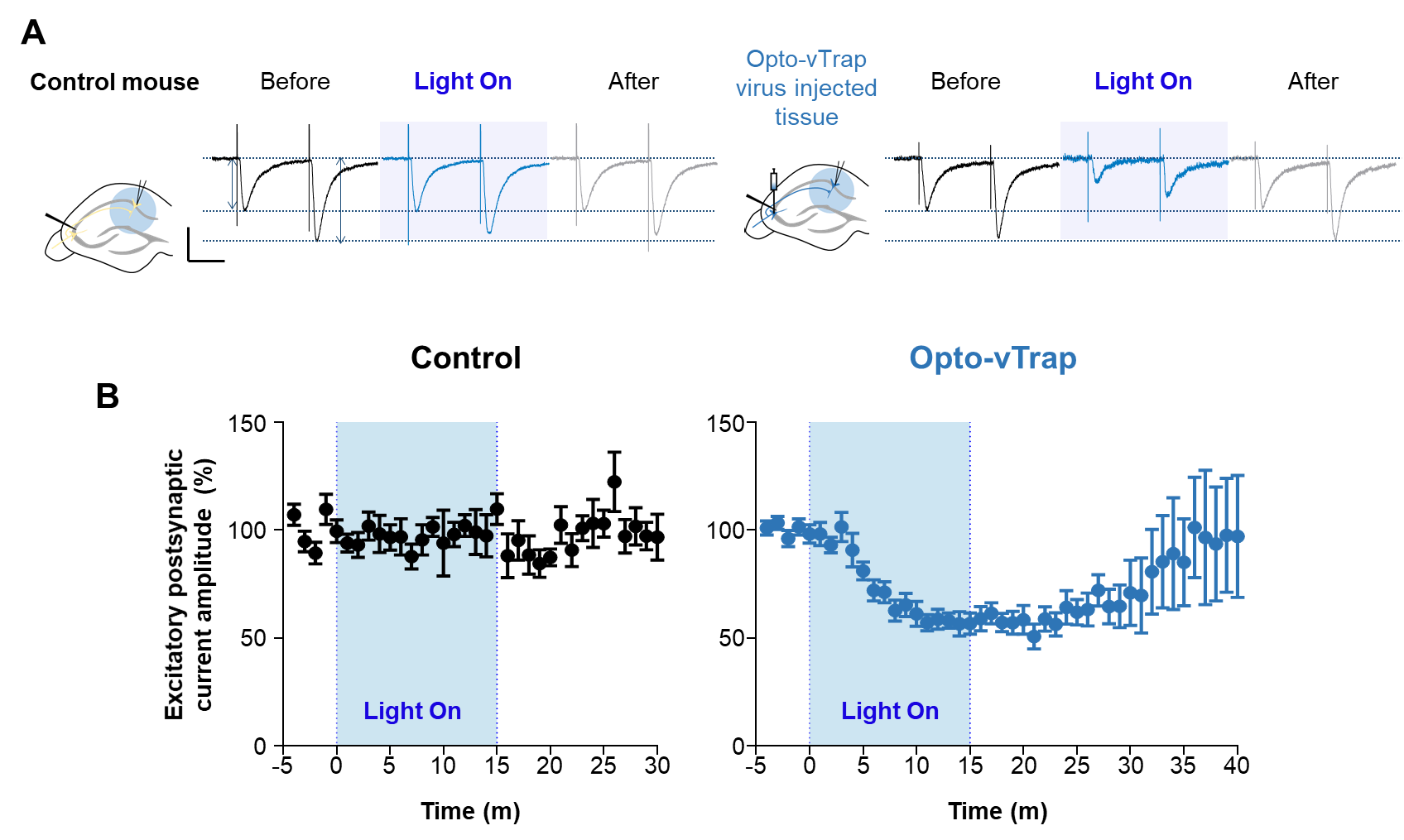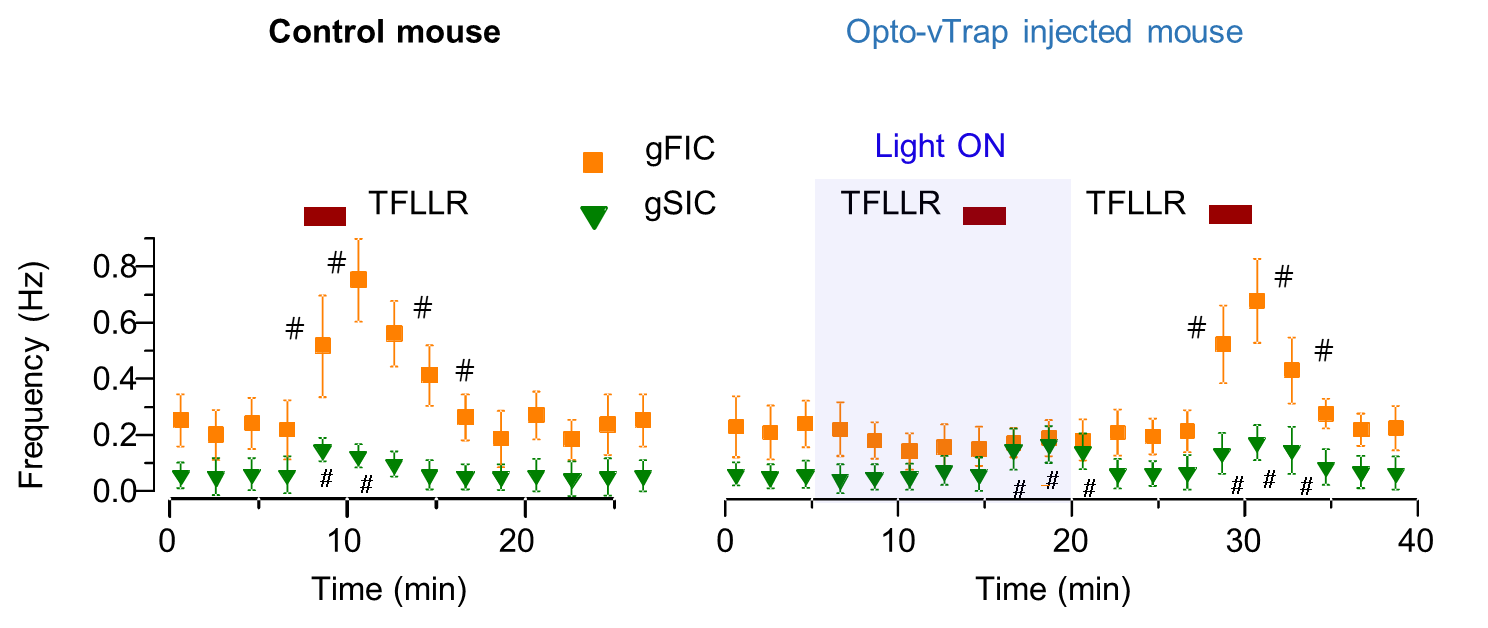주메뉴
- About IBS 연구원소개
-
Research Centers
연구단소개
- Research Outcomes
- Mathematics
- Physics
- Center for Theoretical Physics of the Universe(Particle Theory and Cosmology Group)
- Center for Theoretical Physics of the Universe(Cosmology, Gravity and Astroparticle Physics Group)
- Center for Exotic Nuclear Studies
- Center for Artificial Low Dimensional Electronic Systems
- Center for Underground Physics
- Center for Axion and Precision Physics Research
- Center for Theoretical Physics of Complex Systems
- Center for Quantum Nanoscience
- Center for Van der Waals Quantum Solids
- Chemistry
- Life Sciences
- Earth Science
- Interdisciplinary
- Center for Neuroscience Imaging Research(Neuro Technology Group)
- Center for Neuroscience Imaging Research(Cognitive and Computational Neuroscience Group)
- Center for Algorithmic and Robotized Synthesis
- Center for Genome Engineering
- Center for Nanomedicine
- Center for Biomolecular and Cellular Structure
- Center for 2D Quantum Heterostructures
- Center for Quantum Conversion Research
- Institutes
- Korea Virus Research Institute
- News Center 뉴스 센터
- Career 인재초빙
- Living in Korea IBS School-UST
- IBS School 윤리경영


주메뉴
- About IBS
-
Research Centers
- Research Outcomes
- Mathematics
- Physics
- Center for Theoretical Physics of the Universe(Particle Theory and Cosmology Group)
- Center for Theoretical Physics of the Universe(Cosmology, Gravity and Astroparticle Physics Group)
- Center for Exotic Nuclear Studies
- Center for Artificial Low Dimensional Electronic Systems
- Center for Underground Physics
- Center for Axion and Precision Physics Research
- Center for Theoretical Physics of Complex Systems
- Center for Quantum Nanoscience
- Center for Van der Waals Quantum Solids
- Chemistry
- Life Sciences
- Earth Science
- Interdisciplinary
- Center for Neuroscience Imaging Research(Neuro Technology Group)
- Center for Neuroscience Imaging Research(Cognitive and Computational Neuroscience Group)
- Center for Algorithmic and Robotized Synthesis
- Center for Genome Engineering
- Center for Nanomedicine
- Center for Biomolecular and Cellular Structure
- Center for 2D Quantum Heterostructures
- Center for Quantum Conversion Research
- Institutes
- Korea Virus Research Institute
- News Center
- Career
- Living in Korea
- IBS School
News Center
Scientists can control brain circuits, behavior, and emotion using light- IBS Center for Cognition and Sociality developed a new optogenetic tool, ‘Opto-vTrap’, which is expected to contribute to treatment for epilepsy, muscle spasms, and skin wrinkles - Controlling signal transmission and reception within the brain circuits is necessary for neuroscientists to achieve a better understanding of the brain’s functions. Communication among neuron and glial cells is mediated by various neurotransmitters being released from the vesicles through exocytosis. Thus, regulating vesicular exocytosis can be a possible strategy to control and understand brain circuits. However, it has been difficult to freely control the activity of brain cells in a spatiotemporal manner using pre-existing techniques. One is an indirect approach that involves artificially controlling the membrane potential of cells, but it comes with problems of changing the acidity of the surrounding environment or causing unwanted misfiring of neurons. Moreover, it is not applicable for use in cells that do not respond to the membrane potential changes, such as glial cells. To address this problem, South Korean researchers led by Director C. Justin LEE at the Center for Cognition and Sociality within the Institute for Basic Science (IBS) and professor HEO Won Do at Korea Advanced Institute of Science and Technology (KAIST) developed Opto-vTrap, a light-inducible and reversible inhibition system that can temporarily trap vesicles from being released from brain cells. Opto-vTrap directly targets transmitters containing vesicles, and it can be used in various types of brain cells, even the ones that do not respond to membrane potential changes. In order to directly control the exocytotic vesicles, the research team applied a technology they previously developed in 2014, called light-activated reversible inhibition by assembled trap (LARIAT). This platform can inactivate various types of proteins when illuminated under blue light by instantly trapping the target proteins, like a lariat. Opto-vTrap was developed by applying this LARIAT platform to vesicle exocytosis. When the Opto-vTrap expressing cells or tissues are shined under blue light, the vesicles form clusters and become trapped within the cells, inhibiting the release of transmitters. Most importantly, the inhibition triggered using this new technique is temporary, which is very important for neuroscience research. Other previous techniques that target vesicle fusion proteins damage them permanently and disable the target neuron for up to 24 hours, which is not appropriate for many behavioral experiments with short time constraints. By comparison, vesicles that were inactivated using Opto-vTrap decluster in about 15 minutes, and the neurons regain their full functions within an hour. Opto-vTrap directly controls the signal transmitters' release, enabling the researchers to freely control brain activity. The research team verified the usability of Opto-vTrap in cultured cells and brain tissue slices. Furthermore, they tested the technique in live mice, which enabled them to temporarily remove fear memory from fear-conditioned animals. In the future, Opto-vTrap will be used to uncover complex interactions between multiple parts of the brain. It will be a highly useful tool for studying how certain brain cell types affect brain function in different circumstances. Professor Heo stated, "Since Opto-vTrap can be used in various cell types, it is expected to be helpful in various fields of brain science research,” He explained, “We plan to conduct a study to figure out the spatiotemporal brain functions in various brain cell types in a specific environment using Opto-vTrap technology.” “The usability of Opto-vTrap can extend not only to neuroscience but also to our lives,” explains Director Lee. He added, “Opto-vTrap will contribute not only to elucidate brain circuit mapping but also epilepsy treatment, muscle spasm treatment, and skin tissue expansion technologies.” This research was published on November 30 in the journal Neuron (IF:17.173). Learn more about this research at
Notes for editors - References - Media Contact - About the Institute for Basic Science (IBS) |
|||
|
|
| Next | |
|---|---|
| before |
- Content Manager
- Public Relations Team : Yim Ji Yeob 042-878-8173
- Last Update 2023-11-28 14:20















